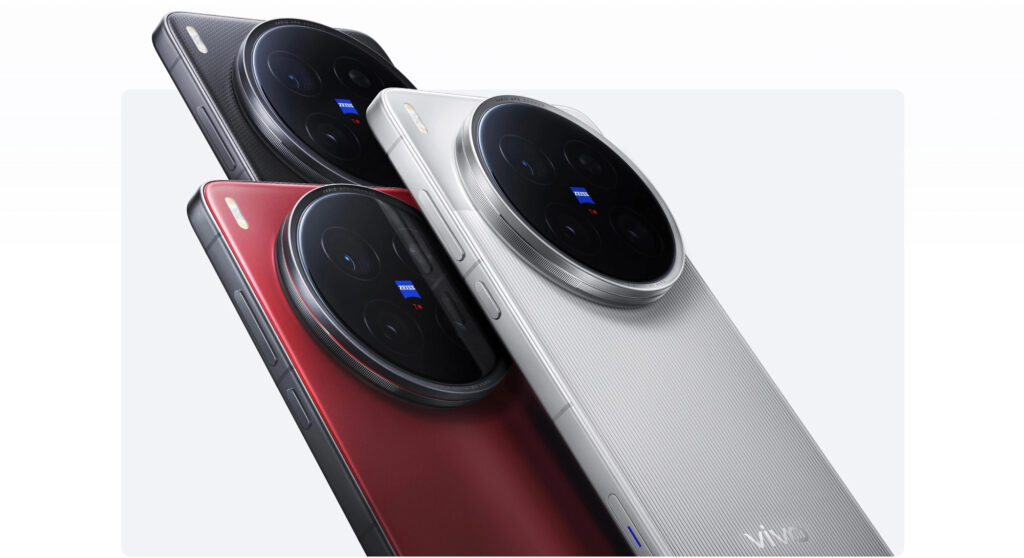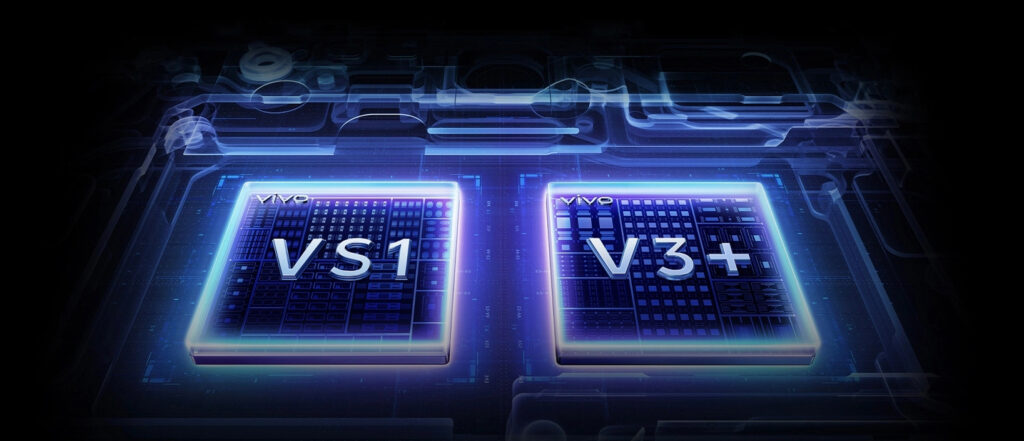
vivo X200 Ultra, the latest flagship model from vivo, makes its grand debut under the codename “micro-miniature” , redefining the boundaries of mobile imaging with groundbreaking innovations and unparalleled performance. Equipped with Zeiss’s trio of prime master lenses—a 14mm ultra-wide-angle, a 35mm humanistic documentary lens, and an 85mm Super Telephoto Lens II—it covers the full spectrum of professional creative needs. Combined with a 2.35x teleconverter, it achieves an astonishing 200mm optical zoom, shattering the limitations of traditional mobile devices. All three lenses feature Zeiss T coating* and full-range OIS optical stabilization, ensuring pristine image quality and rich details, whether capturing starry skies, humanistic moments, or macro shots at long distances.

Beyond its imaging prowess, the vivo X200 Ultra is powered by the Snapdragon 8 Elite processor, paired with a massive 6000mAh Blue Ocean Battery and 90W wired + 40W wireless fast charging, offering enduring battery life and rapid recharge capabilities. The device sports a 2K equal-depth curved display with circularly polarized light eye-care technology and an ultrasonic 3D fingerprint scanner, balancing visual excellence with intuitive interaction. Its sleek design, measuring just 8.69mm in thickness, is available in three elegant colors—Silver, Red, and Black—with a “pancake lens” camera module that blends professional aesthetics with portability.
Additionally, the vivo X200 Ultra introduces the Blueprint Imaging Twin Chips—V3+ and VS1—enabling full-link optimization from RAW to final output. Coupled with full-range 4K 60fps 10-bit Log video and 4K 120fps cinematic slow-motion capabilities, it caters to professional video creators. Its full-range night portrait flash and AI Four Seasons Portrait features elevate nighttime and dynamic portrait photography to unprecedented heights.

What are ESD components, and what is their importance in mobile phones? The significance of built-in ESD components.
ESD components are specialized electronic components designed to protect electronic devices from the effects of electrostatic discharge (ESD). Electrostatic discharge is a sudden release of electrical charge that can potentially damage electronic devices, leading to device malfunctions or a shortened lifespan. ESD components are designed to absorb, conduct, or dissipate electrostatic discharges to prevent damage caused by static electricity.
In mobile phones, the primary role of ESD components is to protect the internal electronic components from the harm caused by electrostatic discharge. Various circuits and components inside the phone are highly sensitive to ESD, which is why multiple ESD components are typically used in the phone’s design to provide protection. These components may include diodes, ESD diode, MOSFET and more.
Specifically, ESD components in a mobile phone may serve the following purposes:
Interface Protection: Various interfaces of the phone, such as the charging port and headphone jack, may require ESD components to prevent damage from electrostatic discharge.
RF Circuit Protection: RF circuits in mobile phones are highly sensitive to ESD and require ESD components to safeguard these critical circuits.
Processor and Memory Protection: Processors, memory, and other crucial components in the phone also require ESD protection to ensure the device’s normal operation.
Touchscreen and Display Protection: The touchscreen and display are integral parts of a mobile phone that also require ESD components to prevent static electricity damage.
In summary, ESD components play a crucial role in protecting the internal electronic components of a mobile phone from damage caused by electrostatic discharge, ensuring the phone’s proper operation and longevity.